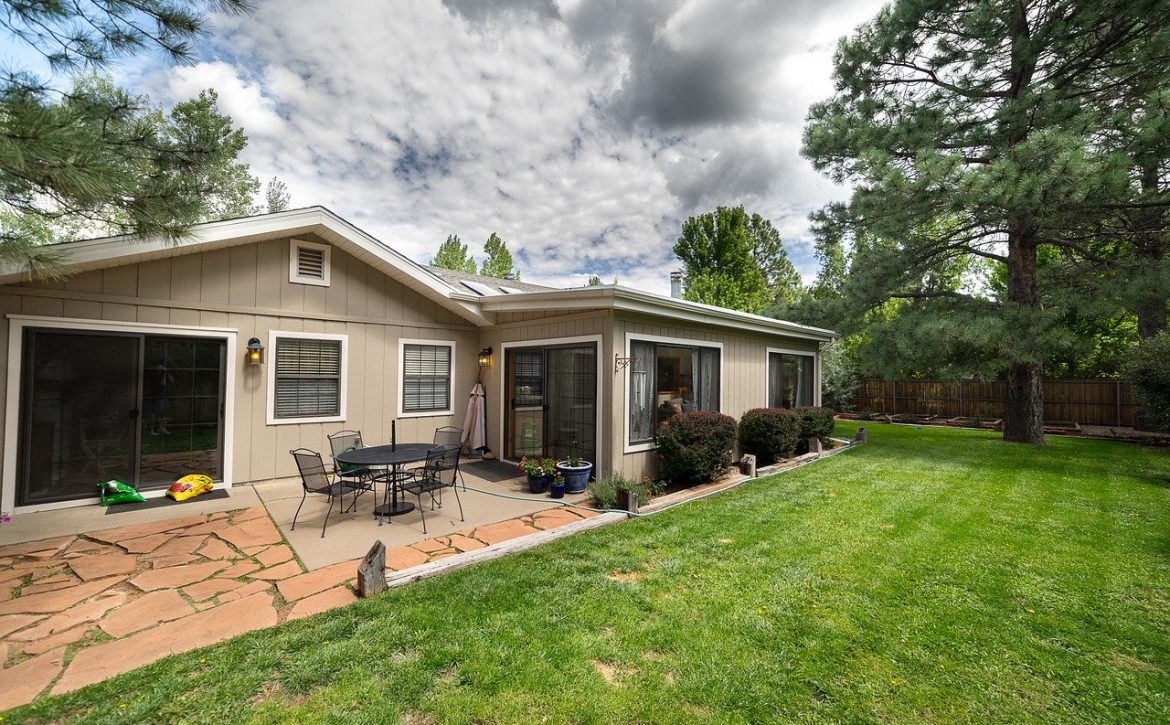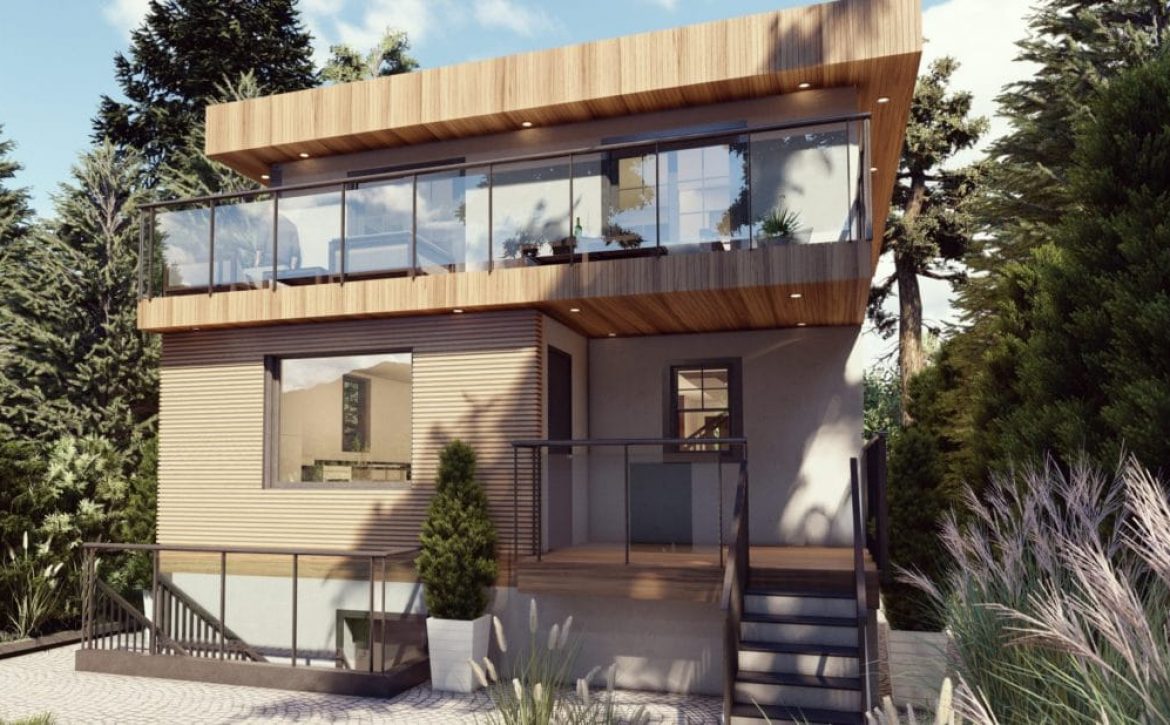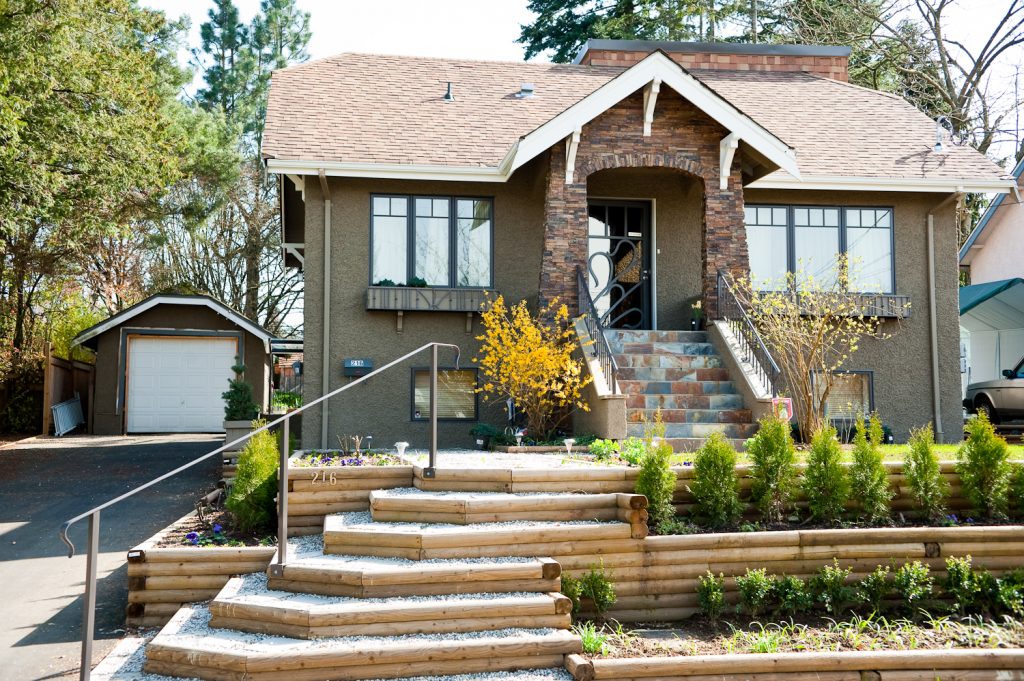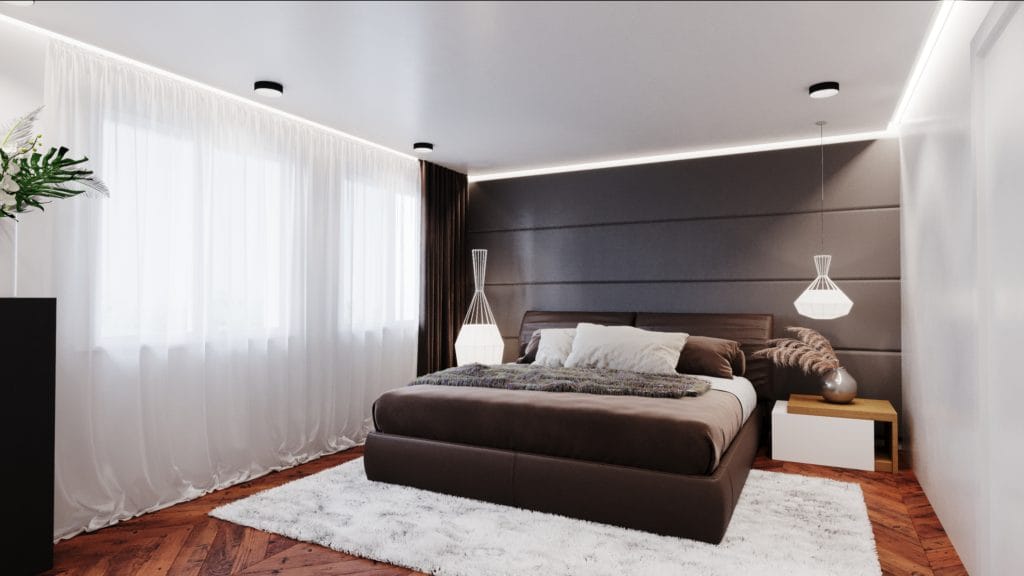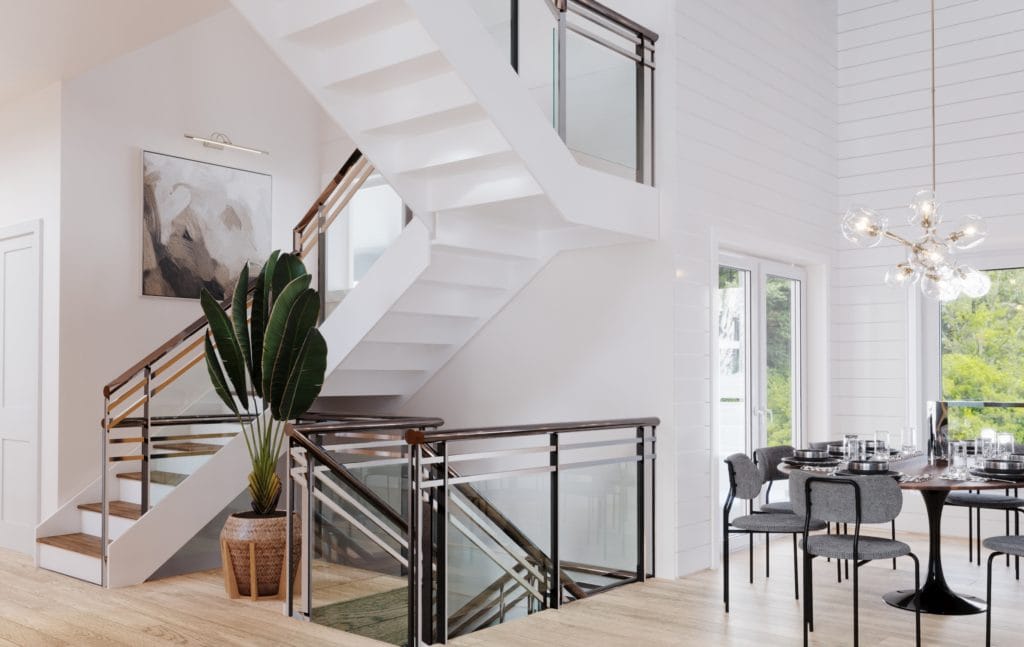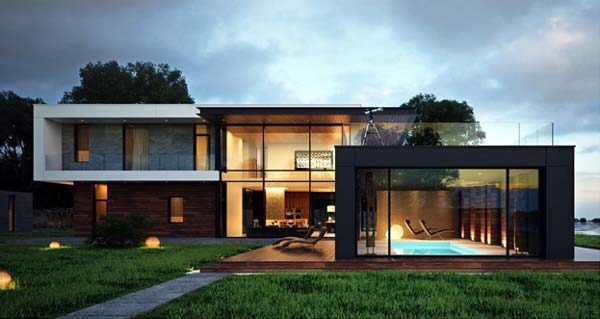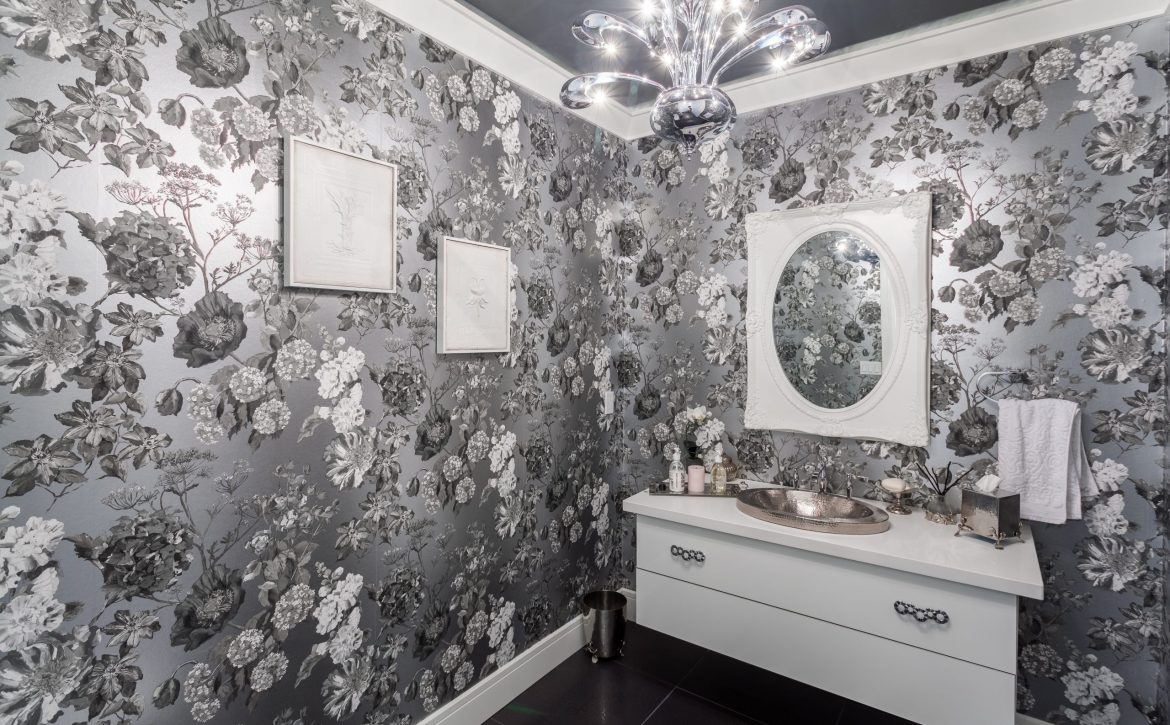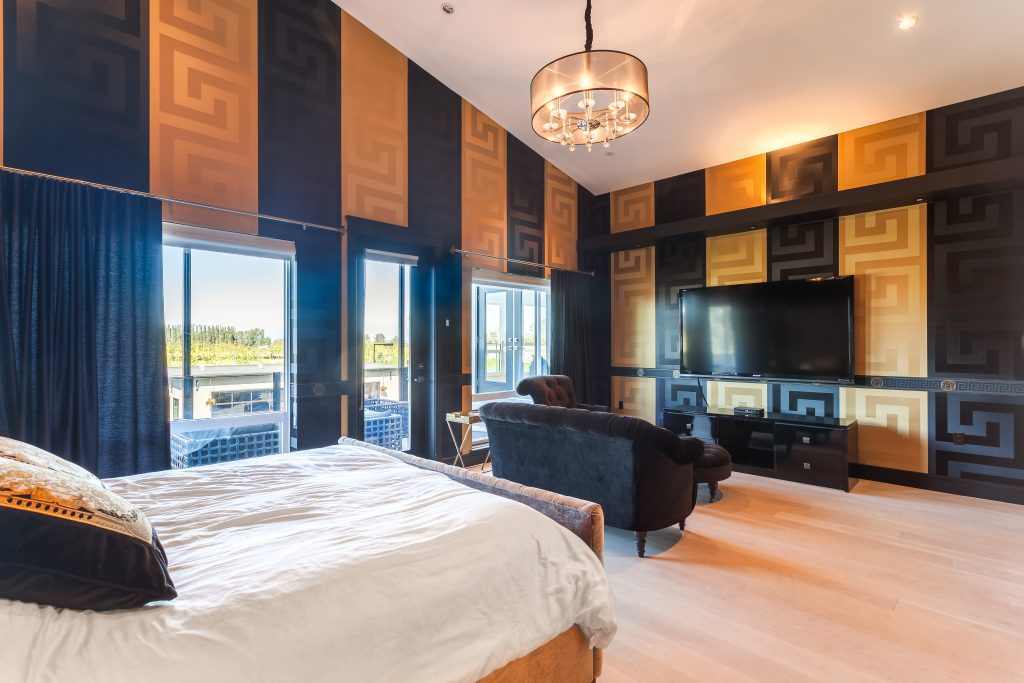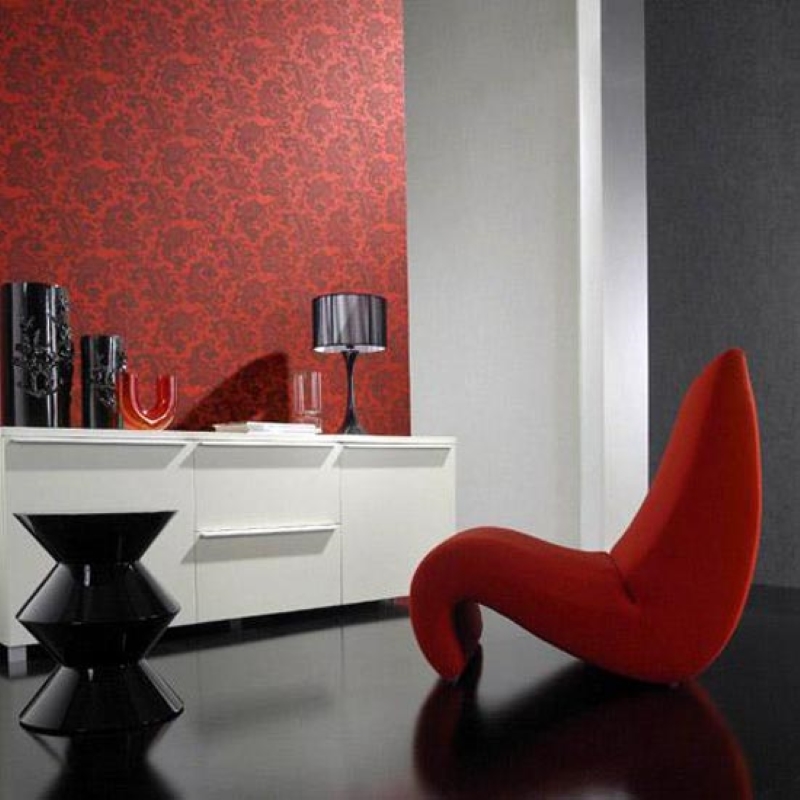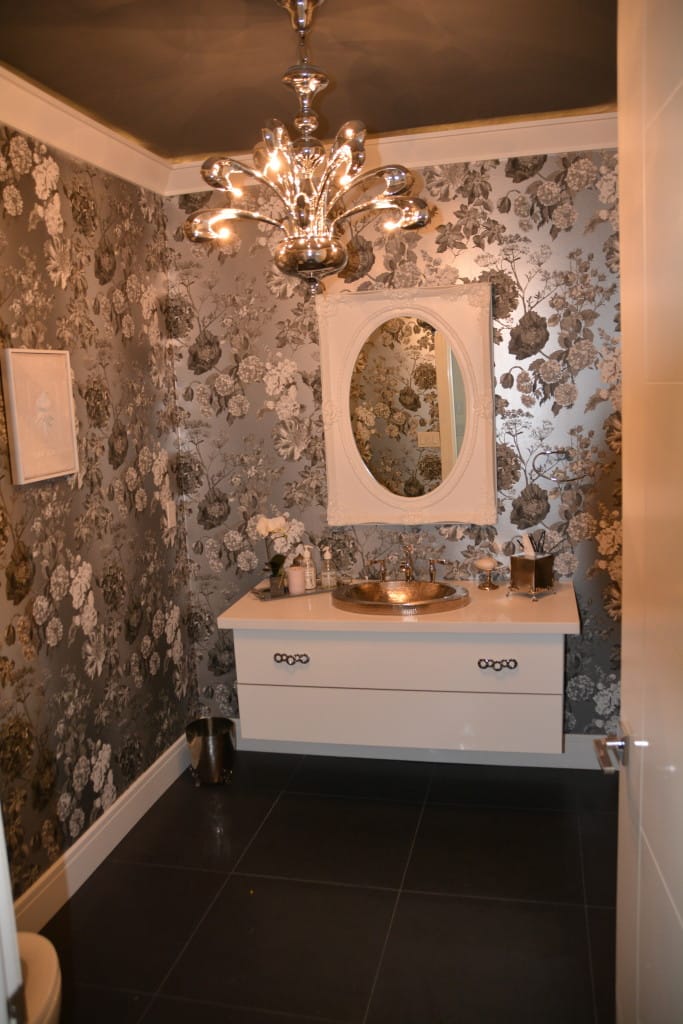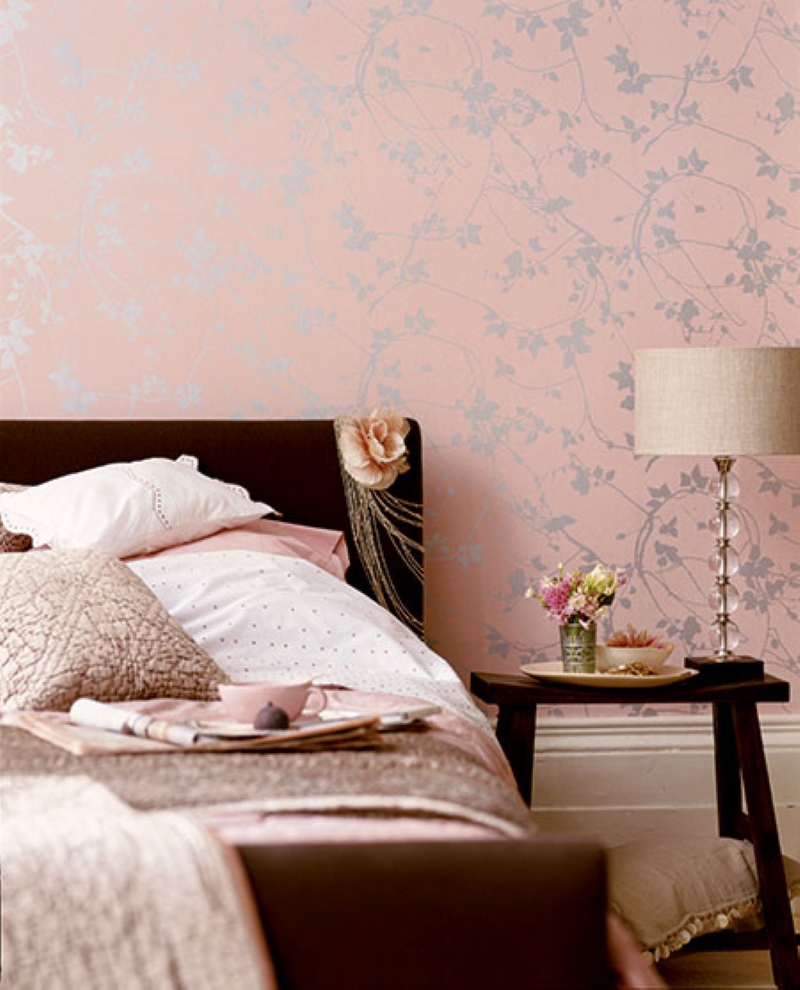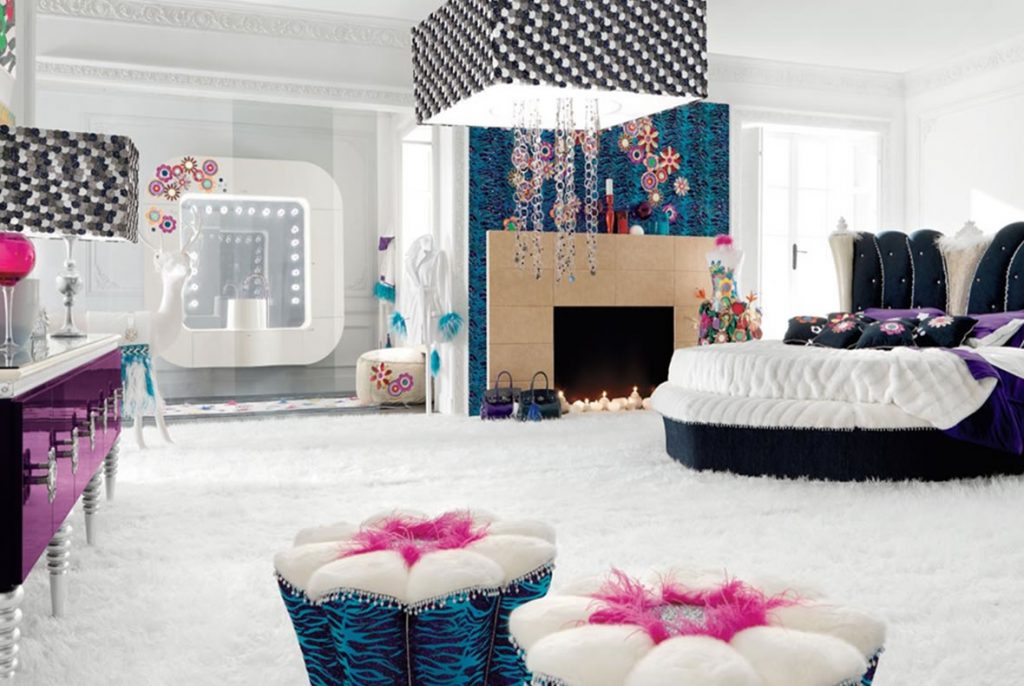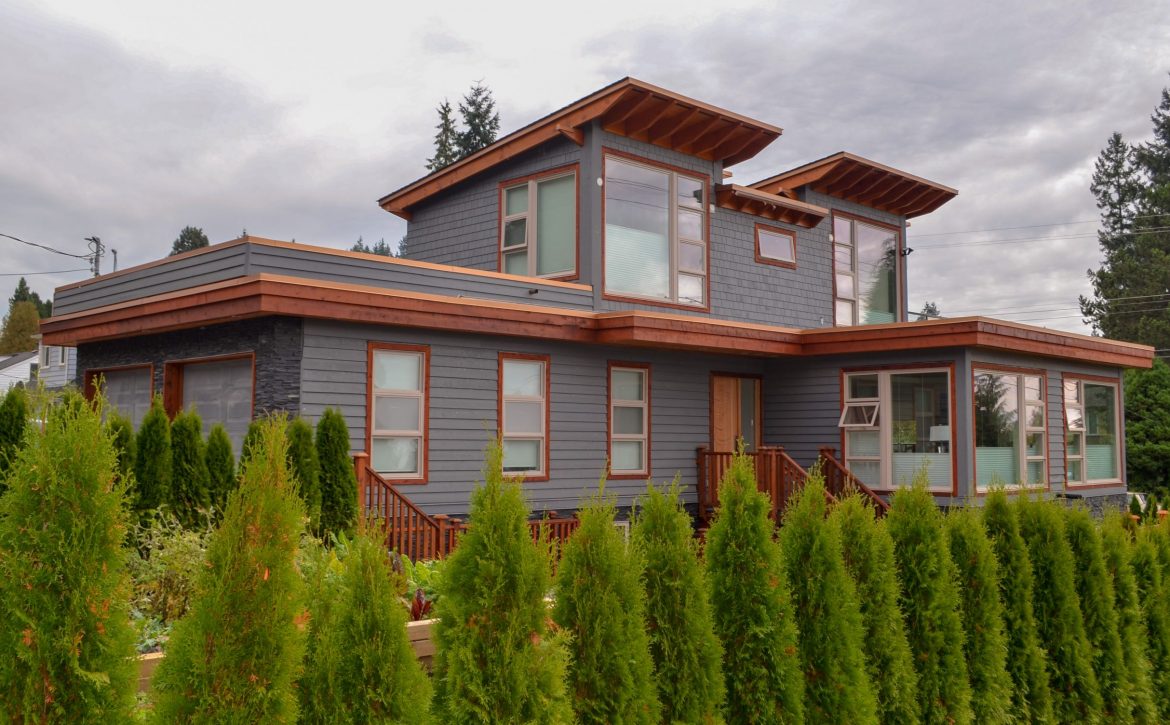Finance Your Construction Project: How to Use Your Resources to Maximize the Outcome
– I dream of renovating but am not sure if I can afford it.
– Yes, I know what you mean; it’s easy for so many people who have unlimited cash or enough savings to run their project in any way they want!
Really? I am a Home Designer, and I don’t know anyone like that!
Most of the people I came across don’t know much about the construction costs, nor haven’t set a budget for their project. Even better, they have no idea where the money would come from!
Before you start any construction project, it’s essential to get a clear perspective of your budget and how much you can pay for your renovation or custom home building. Better said, to finance your construction project, you need to be prepared to stretch and to know precisely how far you’re ready to go.
I see many of my clients taking their project and asking a builder to provide them with an idea of the cost. Without a plan or drawing in hand, how could anyone expect the contractor to give an even remotely accurate estimation?
Allow Me to Show You How to Finance Your Construction Project, and Do Things the Right Way, in Your Best Interest
Firstly, try to have an idea about what you want to do, even a basic one. Secondly, make sure to consult an experienced designer who will understand your needs and properly involve. Share your dreams and ideas of the renovation or custom home with a designer who knows their job well.
An experienced home designer can offer you a reliable plan to develop based not only on your dream but also the approximate cash availability. Only after that you can decide how to finance your construction project.
These are some options you can look at:
Savings Account
This is the most reliable way to finance your construction project, as long as you have enough money sitting in your account. The best use you can put it in is your overall life improvement.
Borrowing From Friends or Family
Many of my clients, who want to add a secondary suite to their property for the purpose of creating an extra income, rely on this idea. They borrow from their siblings, children, or parents to build a laneway home or an ADU, and pay them back in installments as the investment starts to pay off.
This way they don’t have to go through getting approval from a financial institutions. But what if you don’t have someone to borrow money from? That where you should get creative!
Finance Your Construction Project Through Shared Accommodation
If all of the above fails, there are still many additional ways to jump over the financial obstacle. Some people dream of building a single-family home, and they don’t want to live in a condo. Usually, they team up with a friend and buy a duplex or a single-family house with ADU. This way, they can share the cost and still get their own paradise, avoiding significant debt along the way.
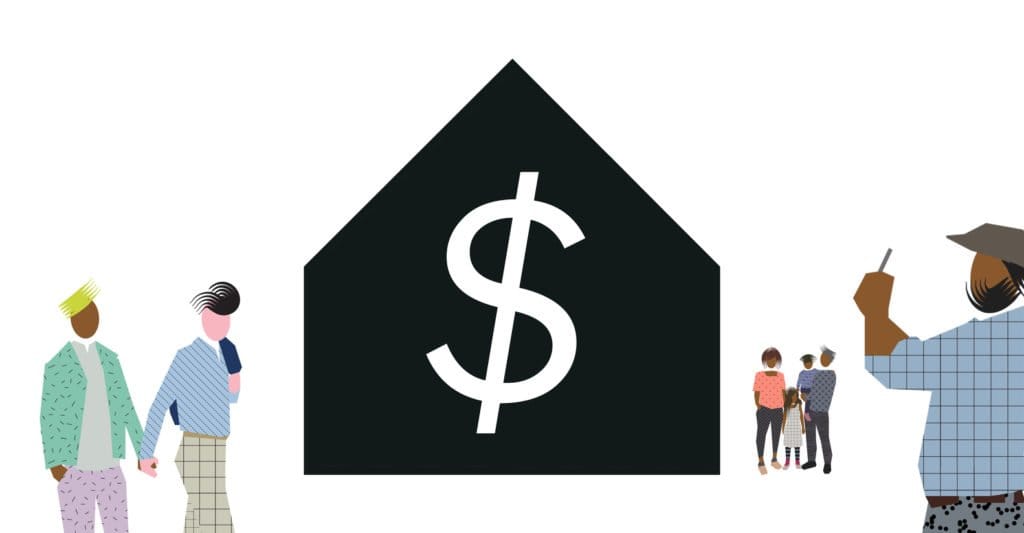
Just the other day, a client called me to discuss the idea of building a duplex in Vancouver. She had it arranged with a friend to purchase a lot, build a passive house duplex, and share the cost so they can own a great affordable home, each on its own side. After calculating their budget, I told them the money wouldn’t be enough to finish the project in the way they want. But the solution was easy—they can apply for a construction loan, which I will explain next.
Since each unit would have a secondary suite, the money they could collect from the rental could easily pay for that loan. After several years, the loan will be paid off in full, leaving them with an extra source of income.
Now, I am aware that my readers come from different regions, but most places have collected equity over the years. If the property you own doesn’t have any mortgage, there’s a good chance that the bank will grant a loan or refinance the house. The same applies if the mortgage amount is less than 30% of the house market value. Naturally, as long as you meet their other criteria and credit requirements.
Using the Bank’s Money
If you plan to renovate your house, you can ask your designer to draw the plans and have the contractor write an official cost estimate for you. Next, you have to present your project with the estimated cost and timeline to the financial institution’s representative. Banks love to give loans as it allows them to collect interest. However, for the same reason, they have to make sure that their money is safe, granted to a reliable person.
If you are planning to build a new house, however, the scenario is a bit different. I had a client who bought a lot and paid a 40% down payment. He also had some cash aside, ready for starting the project. He hired me to design the house and help him to manage the builder and all trades for him. While revising, I found out that he didn’t have enough money to finish the project after all. The next step was to help him apply for a construction mortgage.
We finished the house’s framing, installed the windows and exterior doors, and fixed the roof membrane. This stage of the building is called “luck-up.”
This is where I introduced him to a bank rep and presented the bank with the drawings. We went over the total construction cost, the amount that has been spent to that point, and the estimated value of the house after the finish. The bank sent an appraisal, and I had to present the same documentation to him, now for his approval. After the assessment has been done successfully, the bank granted my client the money he needed to finish his project.
If you think you need help with a similar process call me to discuss further at 604-929-6696.
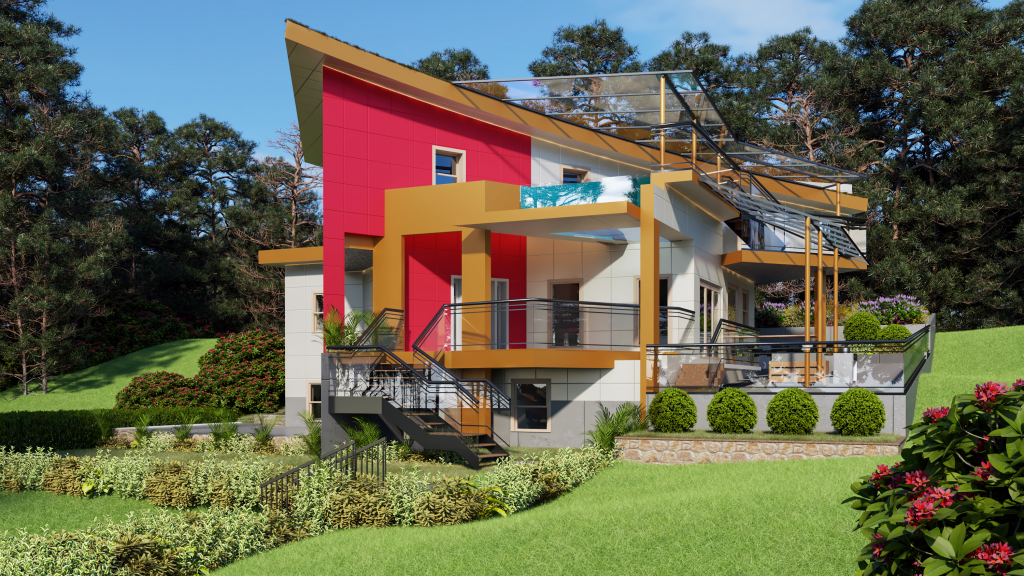
Why Is It Good to Use Banks’ Money to Finance Your Construction Project?
Firstly, you can take advantage of the low-interest rate and use it to upgrade your project further. That is particularly convenient if you have the potential of implementing a rental suite within your project. The income you collect from the rental unit will pay for the mortgage.
I understand some people are afraid of going under any dept. Like another client of mine, who could have been easily approved by the bank for the entire renovation of his house. The only problem? His wife was against any loan or mortgage. So they ended up living in their run-down house for the rest of their lives.
What Exactly Is a Construction Loan
A construction loan is a segment of short-term loans, tailored specifically for use by an individual home builder. Construction loans serve to finance your construction project of either building a new home or renovating the existing one.
Construction loans are not supposed to cover the entire cost of the project. Instead, those are used as a temporary financing bridge that can cover the missing part of the budget during the build time. Typically, after the construction is complete, the homeowner will obtain a longer-term solution. The options include refinancing the existing construction loan and transition to a conventional mortgage.
It may happen, though, that a bank considers your construction project as a risky investment. In that case, you may still get the money, but the interest rate will likely be somewhat higher. Also, such a loan will feature strict terms that you must adhere to, like paying off in entirety by the time the construction is complete.
What A Construction Loan May Include
A construction loan comprises one application and one closing. Those cover the construction phase and the permanent financing.
It can start with the initial loan payment you need to purchase a lot. If you already hold a loan on that property, the first disbursement of the loan will pay off that specific loan before the construction starts.
The bank may make scheduled payments to your builder during the 12-month construction phase. Subsequently, they will offer a transition to a fixed-rate mortgage after that period.
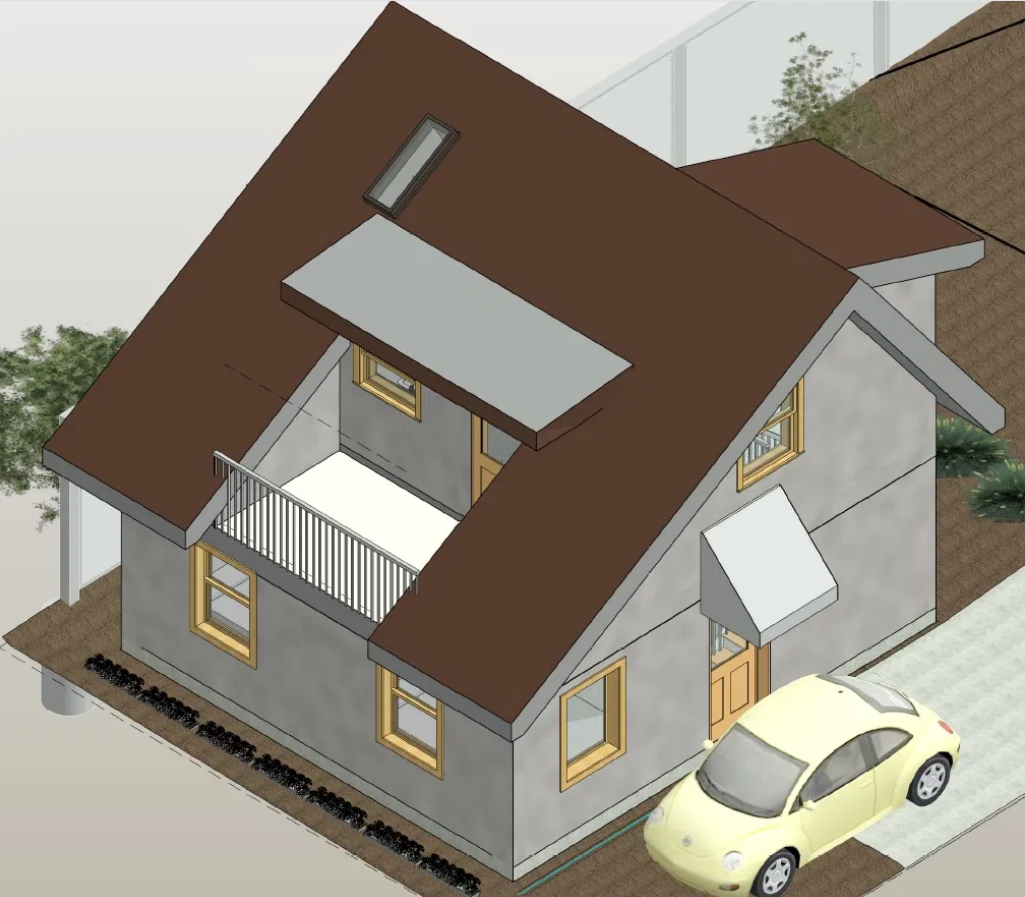
How Can You Use Construction Loans to Finance Your Construction Project
Construction loans provide more flexibility in utilizing your budget to get the most out of it. That may include expansions, hiring better designers, making payments to contractors, or even getting more luxury materials. Even when the initial budget seems sufficient, by upgrading it with a loan, you can get more quality in each segment and get more creative with design solutions.
The Bottom Line
As Robert Kiyosaki says, there is good debt, and there is bad debt. To apply for a loan and mortgage to upgrade your living standard, which gives you better mental and physical health, especially if you can collect rental income, is good debt.
So, do not be afraid to get into a good debt if the end result will give
you a better financial outcome as well as more comfort and mental health.
After all, life is too short and we should live it to the fullest!
By Aryo Falakrou (My Home Designer)

